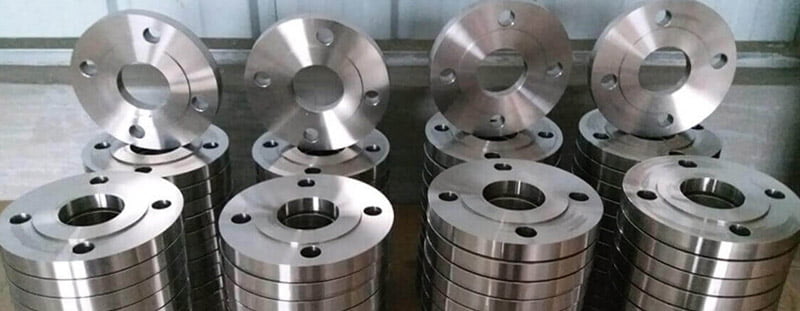What Are The Advantages And Uses Of Stainless Steel Flanges
Stainless Steel Flanges
A flange is an external or internal protruded ridge, lip, or rim that serves to strengthen strength, facilitate attachment/transfer of contact force, or stabilize and guide the movements of a machine or its parts. The term “flange” can also refer to the tool used to make flanges.
Advantages of stainless steel 304 flanges
Stainless Steel 304 Flanges are often unable to connect to pipe and component ports more easily than adapters or threaded fittings in wider OD applications. Most notably, flange connectors are suited for the majority of harsh service applications on mobile construction equipment.
Traditional flange fittings may not provide enough room for wrenches in confined locations, making assembly difficult. With modest torque, they’re easier to assemble. In demanding hydraulic applications, reduce the chances of components falling loose. In solid lines like metal tubes or continuous pipes, making connections enables easy maintenance.
Uses of Stainless Steel 304 Flanges
The demand for Stainless Steel 304 flanges is growing by the day. These flanges are utilized in a variety of industrial applications and are one of the best coupling methods for joining two pipes. If the components of a Stainless Steel 304 flange operate properly, the flange will work properly. Flanges are utilized when joints need to be dismantled. Stainless Steel 304 flanges joints are generally used for ease of maintenance. Because certain pipelines require frequent maintenance, breakout flanges are installed at predetermined intervals on pipelines.
Stainless steel 304 flanges are been used in applications such as Splash backs and sink Saucepans, Flatware and cutlery, Paneling for interiors, Troughs and sanitaryware Tubing, Equipment for brewing, dairy, food, and pharmaceutical manufacturing Nuts, bolts, and screws are examples of springs. Its is also been used in architectural work such as bridges, monuments and sculptures, and Airport roofs.
